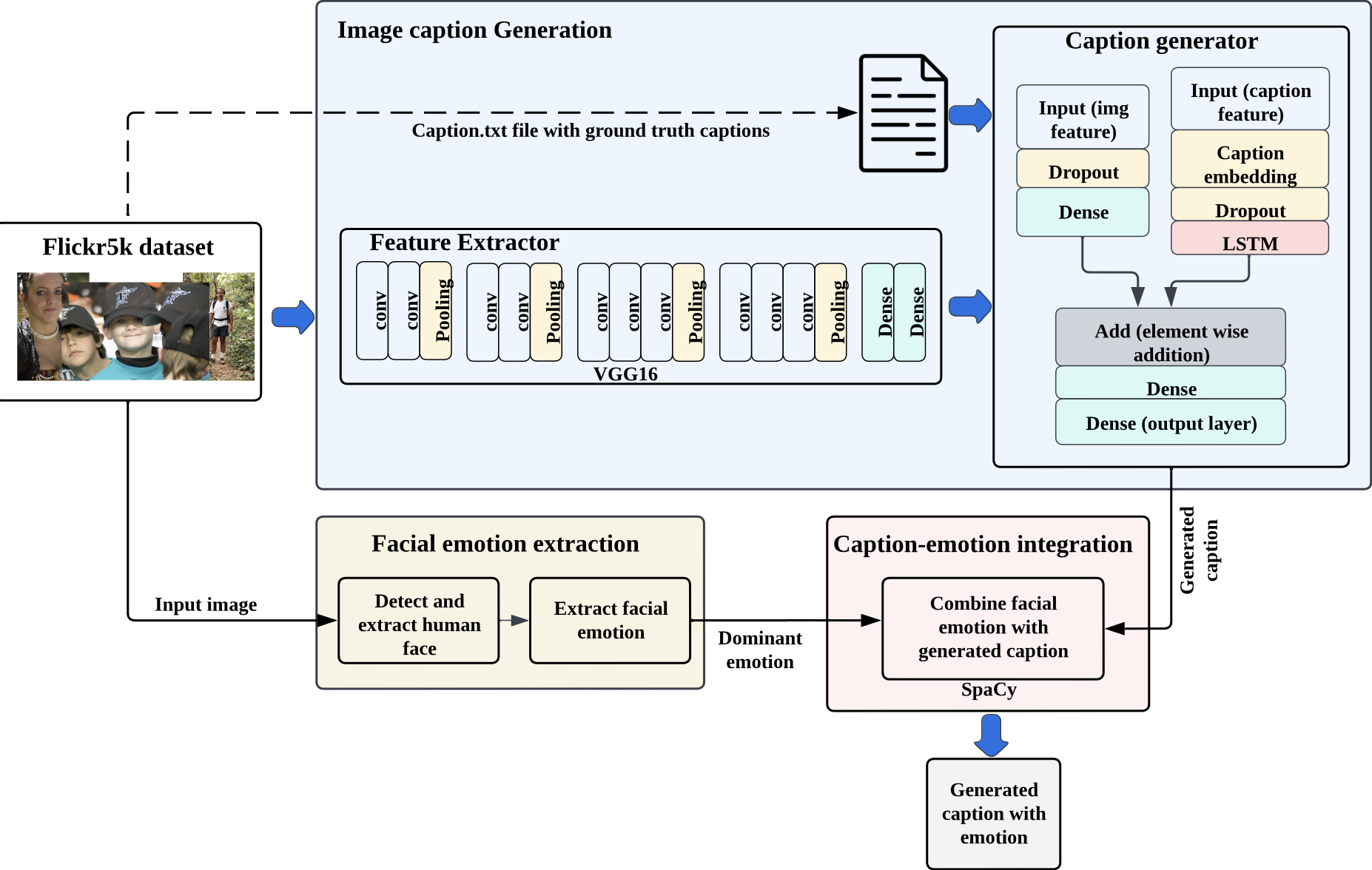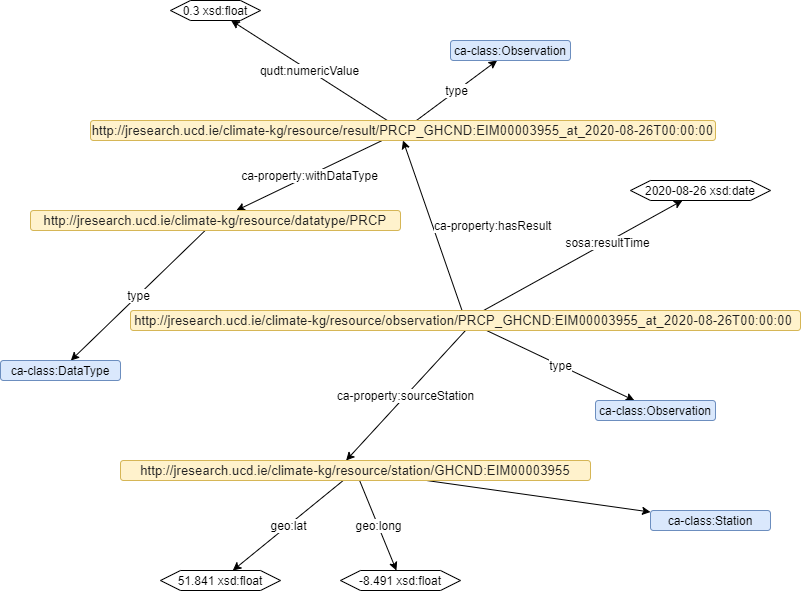Research
My research interests include image processing, machine learning, and remote sensing. I solve problems in atmospheric science, multimedia, ehealth, and network security. My research interests in the theme of atmospheric science strongly align with UN Sustainable Development Goals: (a) Goal 7: affordable and clean energy, and (b) Goal 13: climate action.
Our group is currently working on the following research themes. Please navigate into the individual research themes for more details.
Solar Energy
In this project, we use a multi-modal data integration approach, in using various sensors (camera images + weather station recordings) to provide useful insights about solar energy. We use image- and weather-station- data for accurate solar energy estimation and forecasting. This is useful in the field of photovoltaic (PV) generation and integration. [read more]
 (From left to right) Utrecht Photovoltaic Outdoor Test facility (UPOT) with photo courtesy of Arjen de Waal, Solar Irradiance fluctuations on the event of an overcast day.
(From left to right) Utrecht Photovoltaic Outdoor Test facility (UPOT) with photo courtesy of Arjen de Waal, Solar Irradiance fluctuations on the event of an overcast day.
Coast
This research aims to improve coastline extraction from satellite images by evaluating different approaches. It considers deep learning methods and edge detection algorithms on spectral bands/indices to automatically extract coastlines and land cover maps. A new open-source dataset of labeled high-resolution satellite images will also be released. This research can have a significant impact on fields such as coastal management and disaster response planning. [read more]

(From left to right) Illustration of a satellite image, along with corresponding binary land/water map and detected coastline.
Water
Our research advances water body detection by combining spectral index analysis with attention-based deep learning. These approaches enable precise mapping of rivers, coasts, and streams while achieving state-of-the-art classification accuracy from satellite imagery. The resulting framework supports scalable, interpretable, and robust monitoring systems with direct applications in environmental sustainability and resource management. [read more]

(From left to right) Illustration of comparison of Suir River extraction using various indices.
Cloud Imaging
In this project, we develop low-cost, high resolution, ground-based sky cameras for imaging the atmosphere. These cameras capture continuous stream of images, which are essential to learn cloud dynamics and understand various atmospheric events. We devise state-of-the-art image segmentation and image classification algorithms that computes automated cloud coverage data, recognizes cloud types and estimates the cloud-base height. [read more]
 (From left to right) Sky Camera, Whole Sky Image captured by the camera
(From left to right) Sky Camera, Whole Sky Image captured by the camera
Affective Computing
This research aims to enhance the interpretation of human emotions using computer vision techniques, with a particular focus on facial expressions. By integrating insights from psychology and technology, the study seeks to develop advanced models that embed emotional attributes into image captions and improve real-time student engagement recognition in educational settings. The ultimate goal is to create more expressive, empathetic, and contextually relevant interactions between humans and artificial systems, enriching applications in healthcare, human-computer interaction, and social robotics. [read more]

We demonstrate the proposed framework for incorporating emotions into the image captioning process. [Das et al. 2023]
Video Understanding
We are advancing efficient and generalizable video understanding by combining motion cues hidden inside compressed video streams with the semantic power of large vision–language models. Our research delivers lightweight, training-free methods for action recognition and object detection that achieve state-of-the-art accuracy at a fraction of the computational cost. This work opens the door to real-time, scalable video analytics on edge devices and large-scale platforms, pushing the frontier of video AI toward both practicality and impact. [read more]
Product Placement
This project involves designing an advertisement detection- and integration- system for multimedia videos. It is useful for next-generation online publicity (viz. product placement and embedded marketing), wherein advertisements are seamlessly integrated into the video scenes. We use deep-learning based techniques for determining if a video frame contains an existing advert, and for accurate localization of adverts in the selected video frame. Subsequently, new adverts are seamlessly implanted into the original video, to create a new augmented video. [read more]
 (From left to right) Screen grab of original video and augmented video respectively.
(From left to right) Screen grab of original video and augmented video respectively.
Knowledge Graph
In this project, we aim to make knowledge graph technologies more accessible to climate and energy researchers. A large number of today’s climate data centers present their collected data in the form of raw tables (e.g. RDB, CSV, JSON): KNMI Climate Explorer, NOAA datasets. Recently, one of the popular solutions that is greatly explored is employing an ontology or a knowledge graph, that offers the expressivity and flexibility to easily extend to various interoperable domains. [read more]
 Our proposed knowledge graph model modelled on NOAA climate data.
Our proposed knowledge graph model modelled on NOAA climate data.
Security
Software Defined Networking (SDN) has transformed the manner in which we manage the network, without regard to the underlying network technology. It is now easier and cheaper to scale networking solutions to different devices. However, such networking systems are more prone to security vulnerabilities as compared to traditional systems. In this research theme, we explore machine learning technique to develop security solutions for such networks. [read more]
E-Health
Medicine has traditionally always been an empirical field. With the onset of higher computing power and availability of large-scale dataset, it is now increasingly easier to derive insights of any disease. In this research theme, we have set an ambitious goal to use machine-learning models to characterize the empirical model of medicine. [read more]